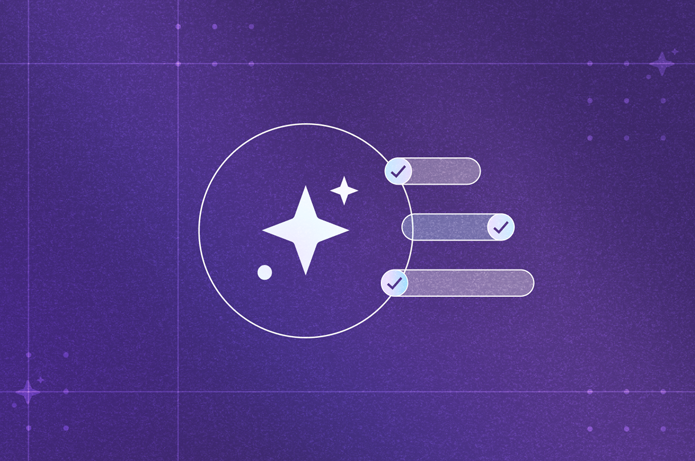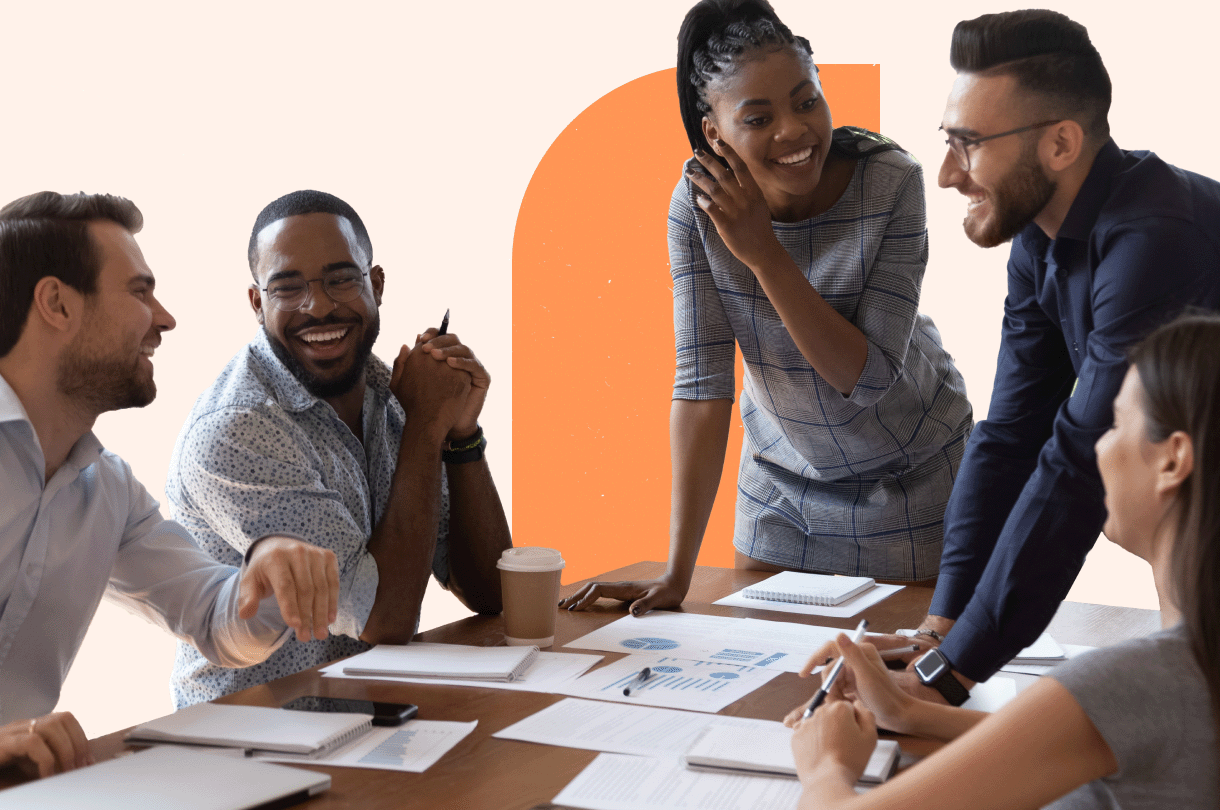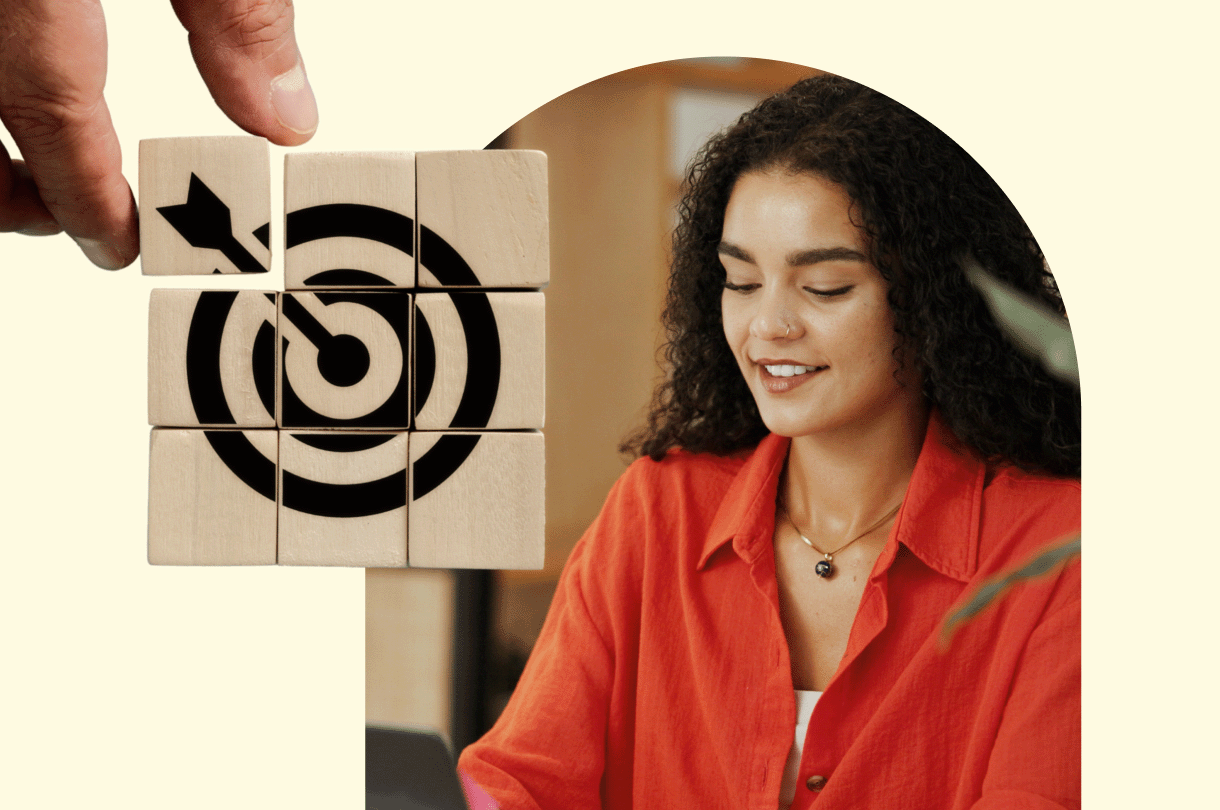When I first joined Spring Health at the beginning of 2020, I couldn’t have predicted that our work would be transformed by a global pandemic. Since then, I've spent most of my waking hours collaborating with HR and benefits leaders on how to reimagine their EAPs and promote and expand upon their ERGs—all while #mentalhealth was trending on LinkedIn.
Together, we’ve been optimistically trudging up a steep learning curve with seemingly endless, heartbreaking headlines, reminding us of the insidious nature of systemic racism. At the same time, the indefinite global pandemic has forced us to reconsider what employee wellbeing truly means.
As more devastating news plagued our news channels, there was one brutally honest and humble question I heard time and time again: “As an HR leader trying to get my people mental health support, where do I even begin?”
Here are some of the key learnings from the past two years that answer this question, and can help you reimagine ERGs at your organization—or intentionally create them if they’re not in place yet.
Wellbeing is part of DEIB
Representation matters. An impactful, actionable conversation about wellbeing can’t happen without also talking about diversity, equity, inclusion, and belonging.
And workplace wellness can’t be promoted without first identifying and addressing the lens through which it's being viewed, which is why it’s crucial that we take intersectionality into consideration in the workplace. We need a renewed awareness of our differences to create truly sustainable, safe spaces in the workplace.
Each one of us has a role in fostering inclusive workplaces, but I feel a personal responsibility as a female, first-generation Asian American who is part of both the millennial generation and the LGBTQ+ community.
I grew up in northeast Florida in an all-white, Catholic school, and the concept of going to school and coming to work as your ‘whole self’ has never felt like an option for me.
An opportunity for HR leaders
With the lines between work, social, and life indefinitely blurred, HR leaders have the opportunity to encourage team members to bring their whole selves to work.
We can take this series of setbacks and use the mental space to be increasingly thoughtful about our wellbeing programs and how we can leverage them to up-level our ERG groups.
Progress over perfection
As I’ve worked with HR and benefits leaders, I’ve discovered that we tend to overcomplicate things. Starting without knowing all the answers is okay. In fact, it’s required.
Tragic events are unexpected and continuously changing, and our strategies need to be as well.
Instead of forcing a hypothesis about a certain demographic or implementing an off-the-shelf EAP, talk to the people you are serving. Create an open channel of communication and ask what challenges your team is facing, both at work and at home, and if they’re running into any barriers to accessing mental health support.
Admit what you don’t know, and find people who do
Building a memorable DEI experience requires a sense of humility. If you don’t know the answers, that’s okay—find people who do.
I was shocked at how the most productive conversations about workplace mental wellbeing didn’t just include the Human Resources Department. We were partnering with leadership teams, wellness groups, ambassador leads, and benefits consultants. It takes a village.
Seek out people your teams can relate to, who understand their culture, “speak their language,” and can provide a sense of representation. Leverage your team members who have similar intersectionalities as the groups you serve.
Communicate solidarity
Lately, there are no shortages of conflicting news headlines on varying media outlets, and in times of uncertainty, employees need a sense of solidarity from leadership.
You don’t need to know how everything will play out to communicate your support for your people and their families. They need to hear from you consistently, and being vulnerable about what you don’t know and how you’re being impacted can create connection and trust.
In the words of the late Maya Angelou, “I've learned that people will forget what you said, people will forget what you did, but people will never forget how you made them feel.”
Create safe spaces
We don’t live in a siloed world. Grief touches us all. Loneliness touches us all. We are all going through this together.
So give your employees permission to be complex human beings and bring their whole selves to work. Celebrate them by providing them with safe spaces and open forums to find each other and be themselves.
While empathy cannot be taught, it can be learned. Hopefully, with intentionally curated ERGs, we can foster safe spaces for our communities and teach our allies patience, helping them learn how to ask better questions.
Consider the advantages of a virtual world
In a strange way, this pandemic has offered shelter from the microaggressions we’ve been facing for decades. As many of us return to the office, take into consideration the unspoken advantages many team members have had in our virtual world.
I’ve been able to escape hearing a colleague ask in a disgusted tone, “what is that?” when I’d bring in my leftover sinigang (Filipino dish) for lunch.
I think about my black female colleagues who haven’t had to hide their natural hair, introverts who have been thriving in a far quieter work environment, and people with disabilities who’ve had a break from navigating our able-bodied centric worlds.
Where do we go from here?
I encourage you to be intentional about what the future of work will look like at your organization. Start the difficult conversations by asking your teams what wellbeing support looks like to them, and use this insight to design your way forward with DEIB and wellbeing as one integrated strategy.
Lean on and learn from people who look and sound different from you. And lastly, don’t be afraid to go first.
Brene Brown defines a leader as “anyone who takes responsibility for finding the potential in people and processes and has the courage to develop that potential. Leadership is not about titles or the corner office. It's about the willingness to step up, put yourself out there, and lean into courage.”
Being brave is contagious. Destigmization of mental health in the workplace starts at the top.
As we move into this new normal, I’m optimistic that with the right ERG and support groups in place, we can build a renewed sense of community—one where intersectionalities are not only accepted but celebrated.
Read this blog next to discover how to create a workplace where women can thrive.

Brittany Soriano brings over nine years of experience building client relationships in the corporate wellness space. She has implemented and guided global wellness programs for over 100 different companies, ranging from the healthcare industry to non-profit organizations to finance sectors.






.png)


.png)




.png)






